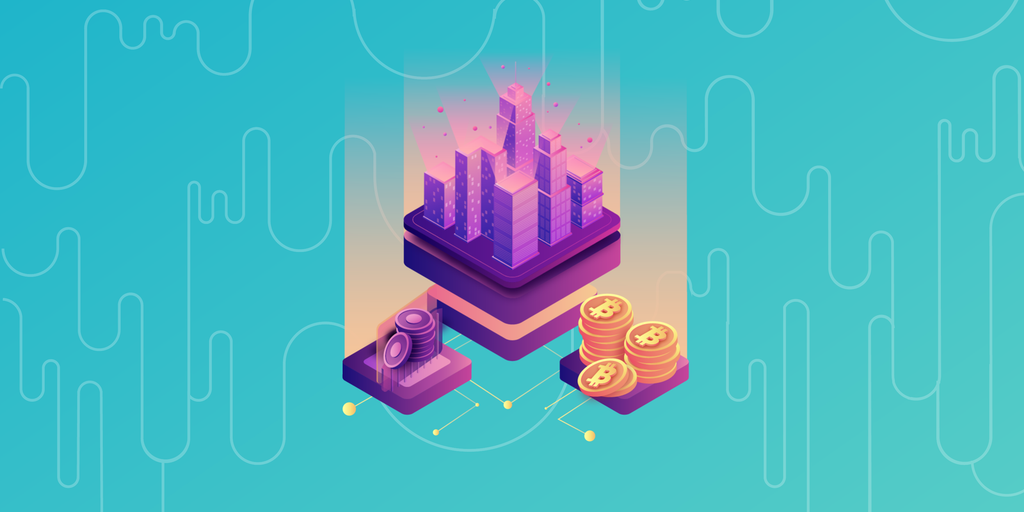Cryptocurrency and blockchains have long promised to reinvent finance—but digital assets have, to date, been characterized by extreme volatility.
To alleviate this risk, developers are turning to the physical world—tokenizing assets like gold, oil, and real estate to give digital currencies real backing and lasting value.
In this article, we’ll explore the tokenization of real-world assets, and what it means for the blockchain industry.
What is tokenization?
Before a real-world asset can be used to back a digital asset, it has to be tokenized.
Tokenization is the process of creating a digital representation, or token, of an asset on the blockchain, which enables ownership and transactions to be managed electronically and transparently.
How do you tokenize an RWA?
The actual process of tokenizing a real-world asset varies based on the protocol being used, but generally, the process will follow a similar pattern. Let‘s explore how you‘d go about tokenizing a painting:
Legal Structuring: To enable a compliant digital representation, the painting‘s ownership is transferred to a legal entity or trust.Asset Digitization: A smart contract is deployed on a blockchain like Ethereum or Solana to mint tokens, each representing a fractional interest in the painting.Token-Asset Link: The tokens are legally bound to the entity holding the painting, giving holders enforceable rights to ownership or value.On-Chain Trading: The tokens can be traded on secondary blockchain markets that support asset-backed tokens, offering liquidity and global accessibility.Governance & Settlement: If the painting is sold, proceeds are distributed automatically to token holders based on smart contract logic.Use cases for Real-World Assets (RWAs) on blockchain
For Morgan Krupetsky, Head of Institutions and Capital Markets at Ava Labs, tokenization is crucial for unlocking global access to traditionally restricted financial products and puts previously illiquid assets to work by enabling them to be used as collateral through DeFi.
“Tokenization allows almost anyone with an internet connection to now access USDs, USD-based savings accounts, U.S. equities, and alternative assets,” Krupetsky told Decrypt. “It also enables the ability to more easily pledge assets as collateral and leverage DeFi primitives—putting historically trapped capital or illiquid positions to work.”
Here are a few use cases for real-world asset tokenization:

